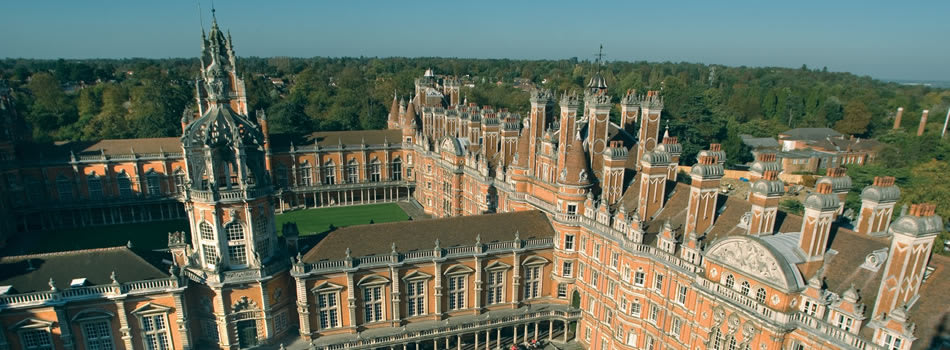Ecosystem services (ES) are benefits provided by ecosystems to sustain wildlife and our well-being. Regulating, provisioning, supporting and cultural ES have been assessed in terrestrial and marine ecosystems. However, the functional relationship among them country-wide have received less academic attention, e.g., whether the presence or change in the natural capital that leads to the provision of one ES enhances or inhibits the provision of others and how this interaction changes spatially. This knowledge gap hampers our understanding of the drivers that control ES provisioning and limits our ability to optimize their provision in a world with increasing demands for ES. We will apply an integrative and multi-habitat approach to evaluate the functional relationship among different types of ES provided by old-growth forests, secondary forests, agrosystems, and green urban spaces. We will map the provision of ES across the rural-urban continuum for a range of locations in the UK to identify hotspots and coldspots of ES provision, identify their drivers, and to examine the impact that neighbouring habitats have in the provision of ES of focal habitats. We will simultaneously evaluate ES provided for nature (eg. the amount and nutritional value of food resources provided to pollinators and frugivores) and people (eg. air pollution removal and human health impacts).
Overall, this project represents an excellent opportunity for a PhD student to: 1. The student will address a critical question to manage biodiversity and optimize the benefits provided to society; 2. By doing so, the student will fill a conceptual and data gap merging data on ES provided simultaneously to people and nature across different habitat types; 3. Transferable skills to be learnt and applied include (i) GIS-based analysis; (ii) database management; (iii) field ecology tools; and (iv) outreach activities; 4. Final results will be instrumental in designing green infrastructure connecting different types of habitats subjected to a variable level of anthropogenic impact; 5. This project will bring together academic and public sector researchers with complementary expertise to provide an exciting collaborative opportunity to the student. The project will set the stage to understand the impact of climate change on provisioning of ES in collaboration with researchers overseas (spin-off project) that will interact with the student (international networking).

 Continue with Facebook
Continue with Facebook





